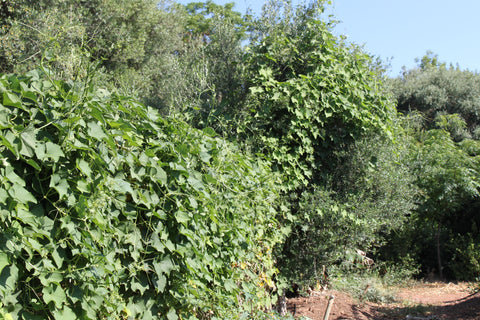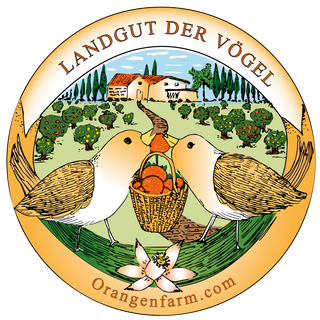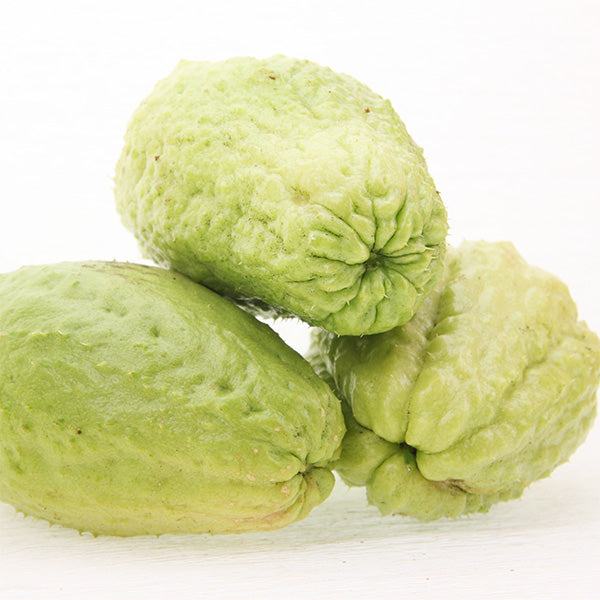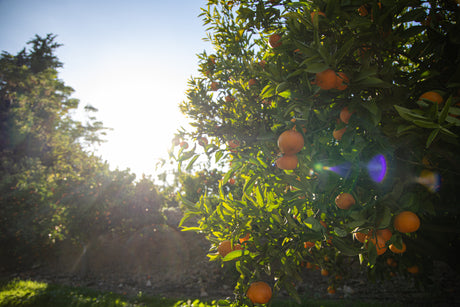The versatility of the chayote
The chayote , also known as summer squash, is a versatile vegetable widely grown in many parts of the world, especially in Central America and South America, where the Aztecs used it as an everyday vegetable even before the arrival of the Spanish conquerors. It belongs to the gourd family (Cucurbitaceae) and is thus related to pumpkins, zucchini, and cucumbers.
Appearance and cultivation: The chayote has a pear-like shape and a light green, slightly ridged skin. Its flesh is firm and crisp, ivory to dark green in color, and secretes a sticky juice. After peeling, this sticky juice can be easily rinsed off under water. The flavor is mild, slightly sweet, and vaguely reminiscent of kohlrabi. At the center of the chayote is a single, large, edible seed. The plant itself grows as a vine with long tendrils and requires plenty of space to grow.
The rough-haired, long tendrils often grow to 20-30 meters long.
The chayote is relatively easy to grow and thrives best in warm, humid climates. Unlike most other cucurbitaceae, the center of the fruit contains a single, oval, flat-bulged, light-colored seed, sometimes with its tip protruding from the fruit. It has the peculiarity of germinating inside the fruit—as a kind of jump start—and only inside the fruit, not isolated or separated from it, before the fruit detaches from the plant. Therefore, the fruit is placed with its underside a few centimeters into a large flowerpot to grow a new plant. The fruits are harvested before the seed enlarges and grows out of the fruit. For this reason, it is rare that the fruits can be propagated at this stage.
It is often grown on trellises or other supports to support its sprawling vines. Because the plant is sensitive to frost, it is usually grown as an annual in temperate climates.
The roots of the chayote develop into a root with thick, tuberous lateral roots. Like the fruits, the starchy tubers serve as food; they are cooked and eaten as a vegetable like potatoes.
The strong stem fibers can be processed into paper, mats, sacks and hats.
Use in the kitchen:
Chayote is versatile in the kitchen. It can be eaten raw or cooked. It can be used raw in salads or as a crunchy snack, often with a little salt or lemon juice. Cooked, it is suitable for a variety of dishes, including soups, stews, casseroles, or as a vegetable side dish. Its mild flavor makes it a great companion to bolder flavors.
Health benefits:
Chayote is low in calories and contains many important nutrients. It's rich in vitamin C, folic acid, and fiber. It also contains a good amount of potassium and antioxidants, making it a healthy addition to any diet. Its low calorie and high fiber content make it a great choice for people watching their weight or following a healthy diet.
Cultural significance:
In many cultures, the chayote is a staple food and used in traditional dishes. In Mexico, its country of origin, it is known as "chayote," while in other countries it has different names, such as "mirliton" in the USA or "chuchu" in Brazil and Portugal. This widespread distribution reflects the chayote's adaptability to different cuisines and cultures.
In summary, chayote is a tasty, healthy, and versatile vegetable that is appreciated in many regions of the world. Whether in a fresh salad or a hearty stew, chayote is a delicious addition to any meal.




